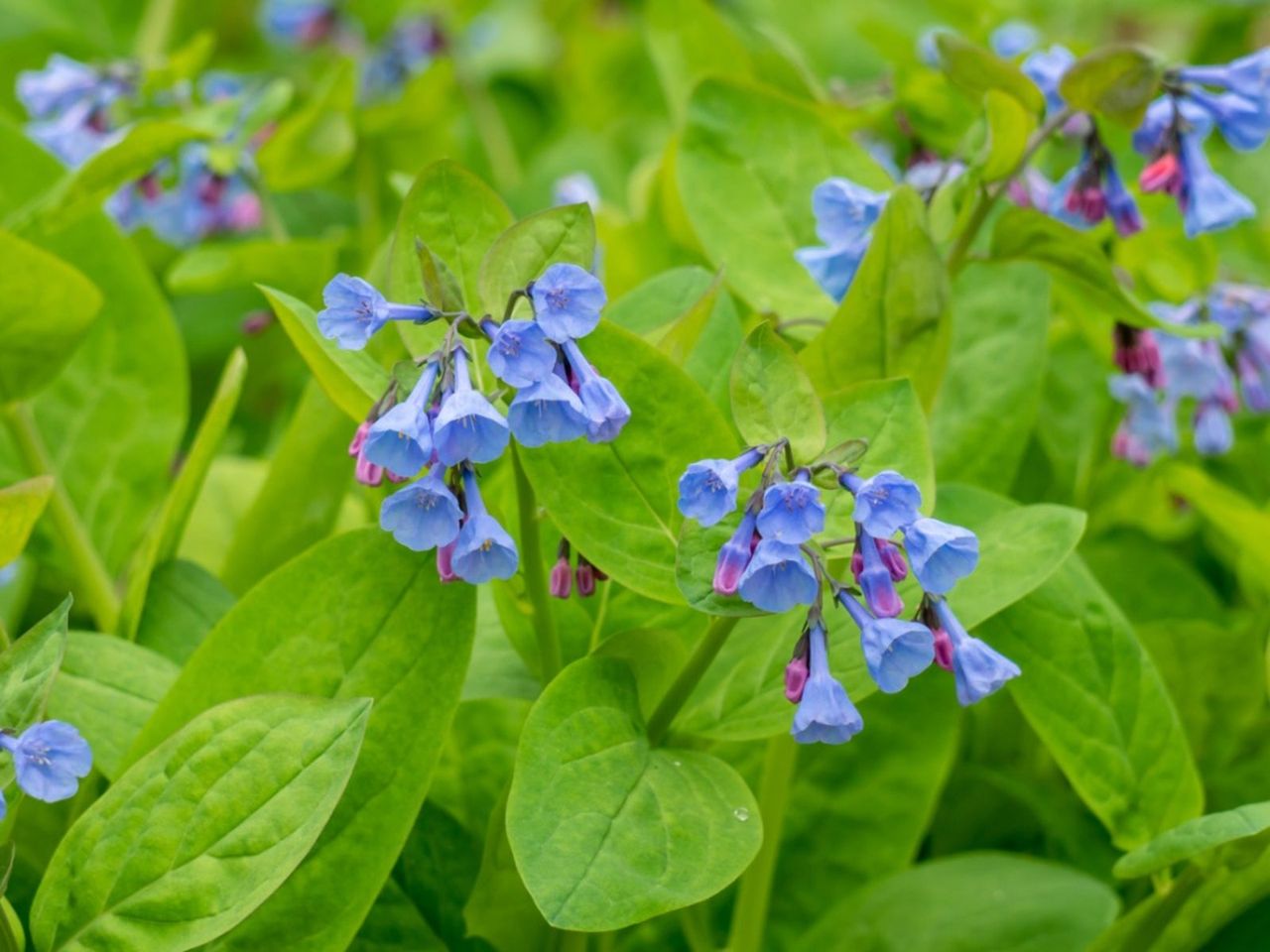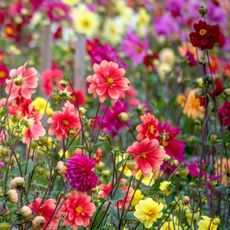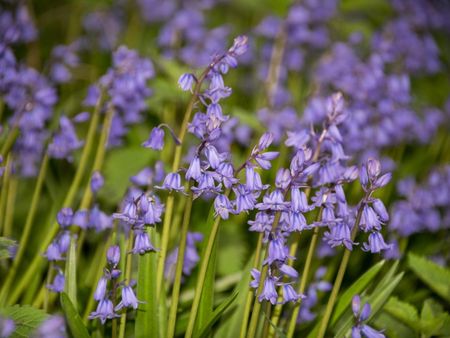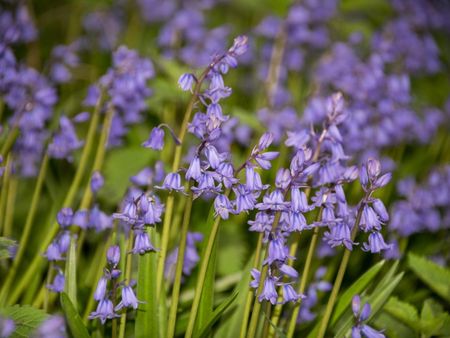Growing Virginia Bluebells – What Are Virginia Bluebell Flowers


Growing Virginia bluebells (Mertensia virginica) in their native range is a great way to add pretty spring and early summer color. These gorgeous wildflowers thrive in partially shady woodlands and can be used to naturalize gardens, in beds, wooded areas, and borders.
About Virginia Bluebells Flowers
This pretty wildflower is, unfortunately, endangered throughout much of its native range due to habitat loss. If you’re planning a native garden, this is a great addition. When bluebells first emerge in early spring, they have striking, deep purple foliage. The leaves then quickly turn green and the entire plant will grow up to 24 inches (61 cm.) tall in clump formations. The flowers bloom early to mid-spring and continue into mid-summer, when the plants go dormant. Bluebells flowers are showy. They hang down in clusters of lavender or blue bell-shaped flowers. These are prettiest on the plant and don’t make good cut flowers. The fragrance is light and sweet. Bees and hummingbirds are attracted to bluebells.
Are Virginia Bluebells Invasive?
The native range for Virginia bluebells includes most of eastern North America. It grows naturally as far north as Quebec and Ontario and south to Mississippi, Georgia, and Alabama. To the west its range extends to about the Mississippi River with Kansas being the westernmost location you’ll find these bluebells as native plants. In other areas, Virginia bluebells may be considered invasive. Even in the native range, it is important to be aware of how readily this wildflower self-seeds. It will spread rapidly and form dense clumps and colonies.
How to Grow Virginia Bluebells
Knowing where to plant Virginia bluebells is the first step in growing them successfully. They need dappled sun or partial shade, so a wooded area of your yard is perfect. The soil should drain well but stay reliably moist with a lot of rich, organic material. Given the right location and climate, you shouldn’t have to do too much to maintain bluebells. Propagate them by seed or by divisions, but avoid moving these plants if you can. They develop a long taproot and don’t like to be transplanted. To propagate your existing plants, only dig them up when dormant, in the fall or very early spring.
Gardening tips, videos, info and more delivered right to your inbox!
Sign up for the Gardening Know How newsletter today and receive a free copy of our e-book "How to Grow Delicious Tomatoes".

Mary Ellen Ellis has been gardening for over 20 years. With degrees in Chemistry and Biology, Mary Ellen's specialties are flowers, native plants, and herbs.
-
 7 Vegetables To Plant In April: Start Indoors Or Outside For A Bumper Summer Harvest
7 Vegetables To Plant In April: Start Indoors Or Outside For A Bumper Summer HarvestAchieve your growing ambitions with these best vegetables to plant in April – including cold-hardy crops to sow direct and tender varieties to start indoors
By Mary Ellen Ellis
-
 Cut Flower Garden For Beginners: 8 Easy Decorative Floral Plants For Newbies To Grow
Cut Flower Garden For Beginners: 8 Easy Decorative Floral Plants For Newbies To GrowAre you new to growing decorative florals for bouquets and ornamental displays? A cut flower garden for beginners is well within reach if you grow these flower seeds
By Tonya Barnett
-
 How To Kill Bluebell Bulbs: Information To Get Rid Of Bluebells
How To Kill Bluebell Bulbs: Information To Get Rid Of BluebellsEnglish and Spanish bluebells may seem like the novice gardener's dream: a beautiful flower, easy to grow and willing to spread. Unfortunately, they can take over the area. Find out how to control them here.
By Anne Baley
-
 Growing Bluebells: Care Of Wood Hyacinth Bluebells
Growing Bluebells: Care Of Wood Hyacinth BluebellsAlthough some confusion may arrive from various English and Latin names, most bluebells are also known as wood hyacinths. This article will help with growing English and Spanish bluebell plants.
By Susan Patterson